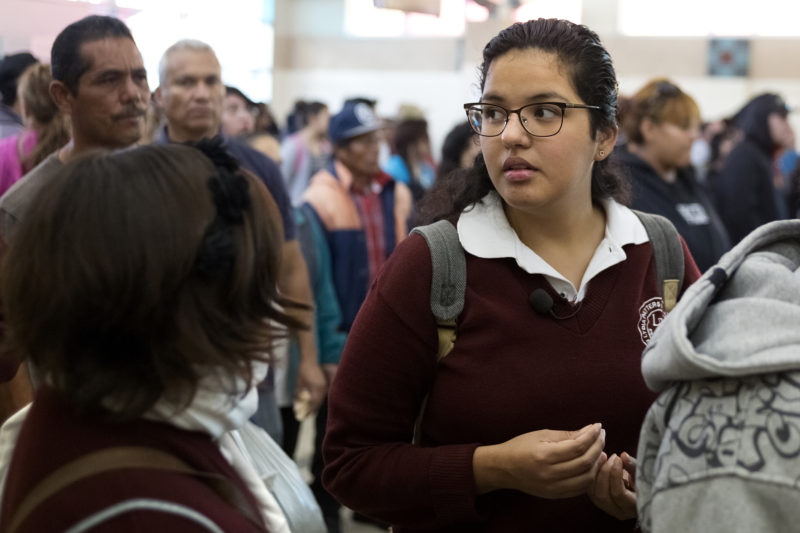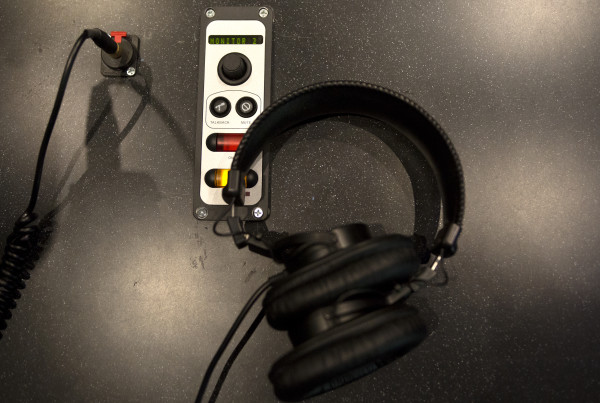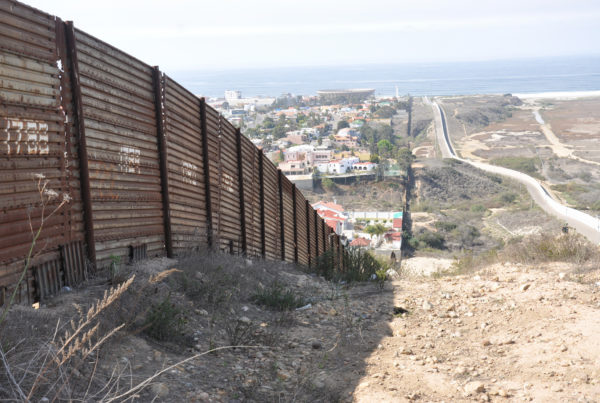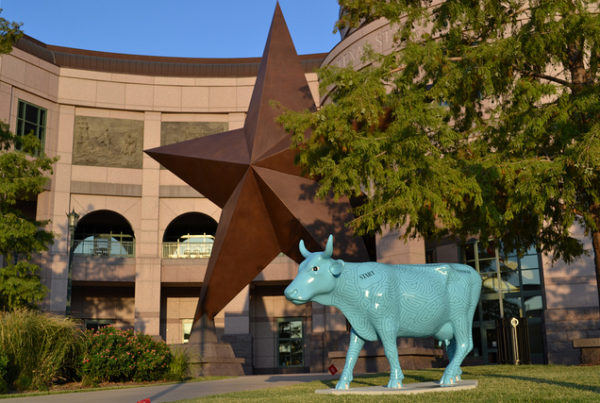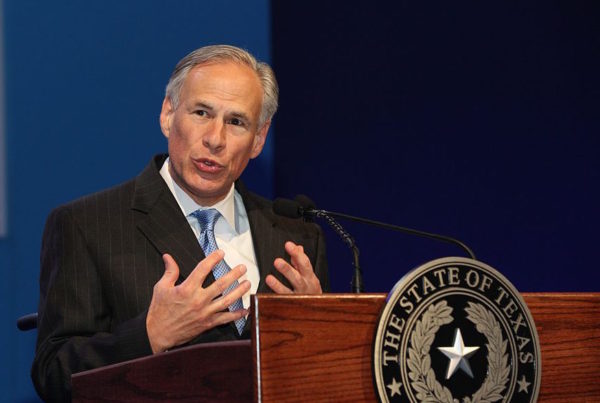When former Texas Governor Rick Perry says “if you wanna be a citizen – go get in the line – pay the dues, pay the time – just like everybody else has done before you,” it really raises the question: where is the line?
Michele Waslin is with the American Immigration Council, a policy research organization based in Washington D.C.
“Right – so there is this very common myth that people in foreign countries can simply ‘get in line’. This is really not the fact,” Waslin says. “There are many people for whom there is just no immigration line.”
There may be no line at all for some – but as many as three lines for others. The first one?
“Let’s look at the family immigration system,” Waslin says.
That’s where U.S. citizens and green card holders can apply for visas for close family members – such as their kids, spouse or siblings.
The second line is for jobs.
“Employers in the U.S. can petition for workers to come to the United States but there are limited categories of workers who can be admitted,” Waslin says.
This is the line where companies like Google wait to fill vacancies. Also standing in that line are construction companies and nanny services. Every year, the U.S. awards 5,000 visas to unskilled workers. But, of course that’s vastly insufficient. Any large city in Texas employs more than 5,000 unskilled immigrant workers, between nannies, cooks and tree trimmers.
The third line is for refugees.
“A person outside the country can’t just sign up on some line and get in line for a visa,” Waslin says.
If that’s all there is – if there are no other lines, then perhaps our rhetoric needs to change.
But while we’re on the topic – I wonder – what happens to the lucky few who are able to get into one of the three lines that do exist?
Well, they wait. And wait – often as though trapped in a bizarre dream where they’re in line with millions and the line hardly ever moves.
Immigration expert Kate Lincoln-Goldfinch says that’s not an exaggeration
“The way we gauge how long someone in a particular category might have to wait is by looking at how backlogged that category is and then gauging the rate of speed that it advanced the previous year,” Lincoln-Goldfinch says.
As an example, let’s say immigration authorities are currently reviewing visa applications submitted back in March 1996. And a year ago, they reviewed applications from just a month prior – February 1996.
“What that tells you is that the category advanced forward only 30 days,” Lincoln-Goldfinch says. “And so, siblings of U.S. citizens who are from Mexico are currently more than 20 years backlogged but they’re moving at such a slow rate of speed that it could take 160 years for that category to become current – which needless to say – is longer than a lifetime,” she says.
More than 160 years and still people continue to get in line.
Recently, J. Carmen Avila Flores stood at the very back of a line on behalf of his 26-year-old sister. “She’s young,” he says. “That’s one of the reasons we decided to apply. even it takes 40 years – well, that time will go by anyway – might as well get her visa in the end.”
But what if the end is not 40 years in the future but 160?
Food for thought.


